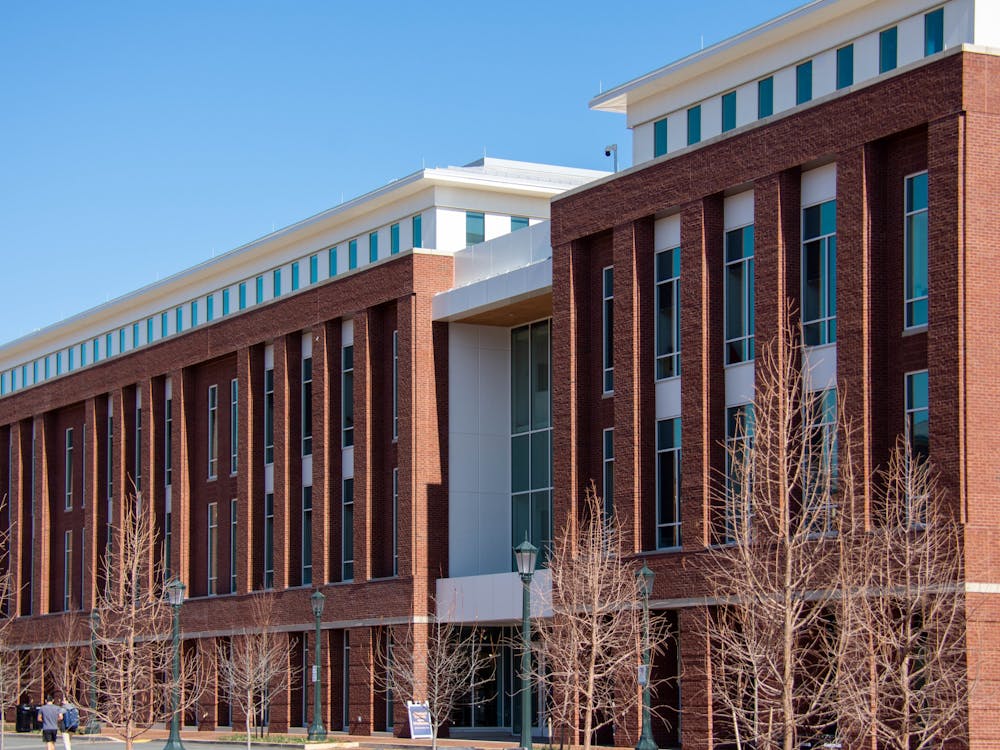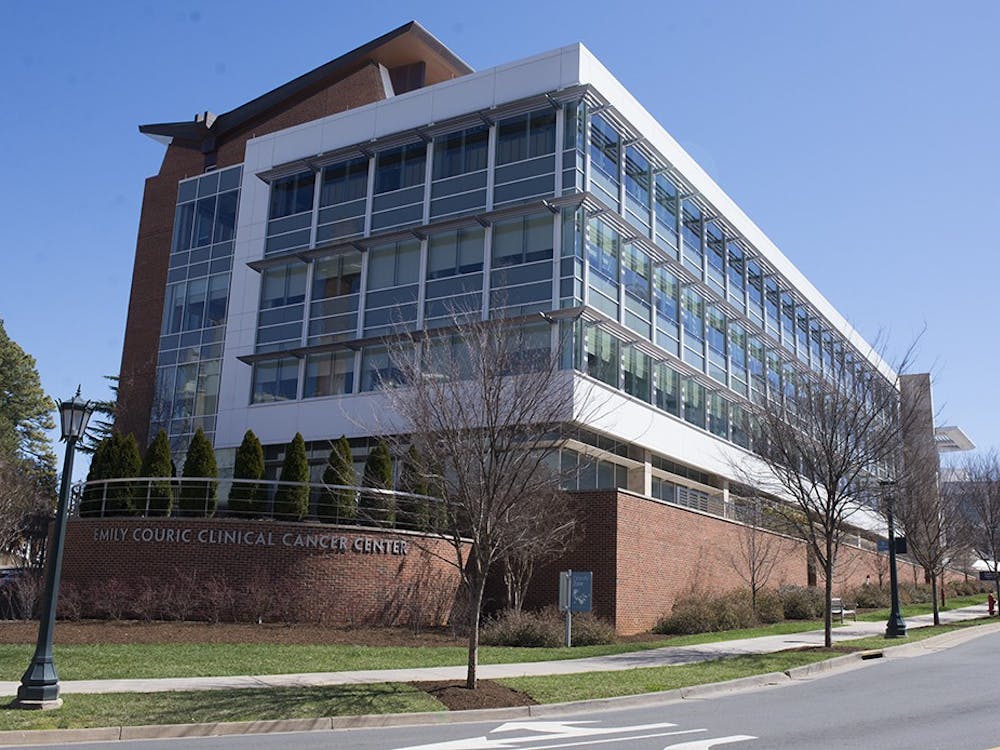Beer pong, flip cup, bar crawls, Thirsty Thursdays, pre-gaming, post-gaming... For some college students, drinking has become a way of life. But for many, it may be hard to distinguish between social and binge drinking. According to the National Institute on Alcohol Abuse and Alcoholism, "binge" or "high-risk" drinking is defined as consuming five drinks for males and four drinks for females in a span of two hours. A drink is equivalent to a 12-ounce beer, four ounces of wine or a one-ounce shot of 100 proof liquor.
Dangerous situations can result from binge drinking, when a person consumes too much alcohol in too little amount of time and his blood alcohol concentration, the percentage of alcohol in blood, spikes above .06.
"There is something called the point of diminishing return," said Caitlin Knotts, a health educator in the Office of Health Promotion and Hoo Knew social norms marketer. "The diminishing return is the high that you feel when your BAC is between .00 and .06. This is when you are relaxed and your inhibitions are a little bit down."
Knotts said people with a BAC above .06 "don't get that same high," and often experience more negative side effects.
Yet when a student is already intoxicated, it can be difficult for him to determine his current BAC. The Office of Health Promotion, a division of Student Health, has provided BAC cards around Grounds in libraries, gyms and on the Corner. These cards take a person's weight and the number of drinks he or she has consumed in an hour and give the resulting estimate of BAC level.
"Anytime that your BAC is reaching dangerous levels then you have to look out for impairment of judgment, loss of coordination, [and] nausea," Knotts said. "If you get really high BAC then there is possible alcohol poisoning and that eventually could lead to fatality." Besides the medical dangers of having a high BAC, reaching a state of extreme intoxication can also expose the individual to other risks.
According to Dr. George Tran of Burkeville Medical Group in Burkeville, Va., "Binge drinking could indirectly kill you. Car accidents, homicides, violent crimes and other injuries are all associated with binge drinking."
Tran noted these dangerous indirect results of alcohol could be more frequent threats then direct effect.
"The actual toxic effect of binge drinking is different," he said. "It would take a lot of alcohol to kill a young healthy person, although it is still possible."
Binge drinking not only has physical effects but psychological effects as well.
"Some people may end up having a bad experience and hurt themselves or someone else due to binge drinking," said Richard Heisterman, Student Health substance use clinician and licensed clinical social worker. "If this happens, they may have to take a step back and reevaluate. What did they do different to cause them to hurt someone else? ... If they can learn from their mistakes, it will help them not repeat them next time they drink."
Despite the negative effects of binge drinking, many people, especially college students, still engage in this risky practice.
"A lot of it is atmosphere," Heisterman said. "If the people around you are doing it then you tend to mimic that behavior."
Heisterman added that some people also binge drink in an attempt to deal with their problems.
"They might do it to try to manage or solve problems that may need to be addressed in a more direct way, in which binge drinking does not help," he said.
Though heavy drinking has many drawbacks, there are ways to drink safely and responsibly while still having fun. Knotts advised students to monitor their BAC and limit the number of drinks they consumed.
"Some good safety precautions are to eat beforehand," Knotts said. "That will lower BAC. Staying in groups and alternating alcoholic with non alcoholic drinks -- preferably water -- to make sure you are not getting dehydrated are always good ideas."
Knotts recommended students take a limited supply of cash when they go to a bar to limit the number of drinks they can consume.
"Also, keeping track of your drinks serves as a really good check on yourself and making sure that you are within your own limits," she added.
In addition to maintaining individual safety, students should keep a close eye on other drinkers.
"If a friend is showing signs of alcohol poisoning -- blue clammy skin, breathing trouble or no response to a pinch -- then take them to the emergency room," Knotts said.
Though no one will deny drinking is a serious issue on most college campuses, several students on Grounds said they believe the University does not suffer from a serious drinking problem
"Although binge drinking is probably an issue for all universities, I don't think U.Va. is worse than most universities," second-year College student Phillip Sukys said.
First-year College student Danielle Johnson expressed a similar sentiment, saying "Binge drinking is a problem at many universities but not so much at U.Va. It only becomes a problem when it gets out of control and leads to serious injuries."
The statistics gathered by the University's Health Promotion Office also offers insight into the drinking culture at the University. According to these statistics, about 60 percent of University students consume zero to five drinks per week. In addition, 15.4 percent do not even drink.
Knotts said the Office of Health Promotion emphasizes the fact that most University students are making healthy decisions by taking precautions when they drink.
"Most people look after their friends, make sure they eat beforehand" Knotts said.
Keeping in mind safe drinking practices enables students to avoid the potentially dangerous consequences that can come with alcohol and focus on ensuring the safety of themselves and others.






